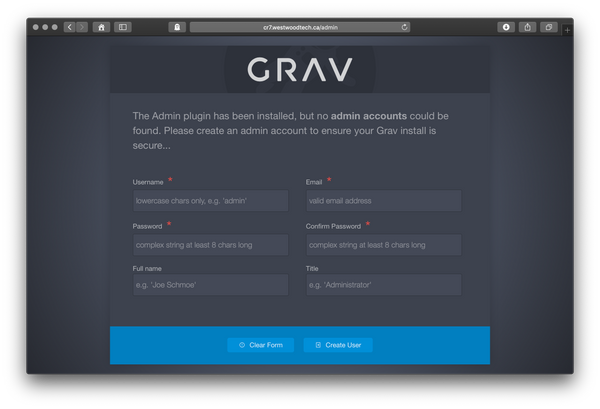Slackware Linux Tips
Slackware Linux is arguably one of the oldest, surviving versions of Linux; it is my distribution of choice. I am currently running Slackware 12.1 with the shiny 2.6.24.5 smp kernel. Slackware is very robust and secure, it does not use a lot of system overhead to run. This means that Slackware will run very efficiently on high-end machines and also on older hardware. Slackware has a reputation for being very difficult to use, this reputation is partly deserved.

Slackware does not use many graphical interfaces to set-up, configure your computer. You will be required to use a text editor and a root shell prompt to set-up many of the system functions. The installation procedure uses a ncurses based installer, an easy-to-use text based installer. If you are willing to learn, read, and have a lot of fun, then give Slackware Linux a try. If you feel comfortable with navigating on the command-line interface and using a text editor you will love Slackware. Once a Slacker, always a Slacker:-)
In this post I would like to post a few tips, tricks that’ll help you to get your Slackware system up and running. My suggestions work for me, but, feel free to modify as needed, it is your system:-)
- Slackware typically defaults to run level three. If you would like a graphical log-in prompt open up your favourite text editor and edit /etc/inittab
For example you could use nano: #nano /etc/inittab
Change
id:3:initdefault:
To
id:4:initdefault:
-
If you would like your monitor to be able to go into power save mode then edit /etc/X11/xorg.conf
Add the following line in your Monitor section.
Option “dpms” -
I recommend that if you wish to optimize your Slackware system to run efficiently that you use the JFS (Journaling File System) when you set-up your root partition. I’ve found that the JFS uses less system resources particularly on older hardware:-)
-
Slackware 12 is able to auto-mount devices, media. If you would like to enable this functionality for your regular user then edit /etc/group
Add your regular user to the following groups: plugdev, cdrom, audio, video, floppy -
To set-up sound:
This will be done as root at run level three
alsaconf
alsamixer
alsactl store
- To set-up your display settings and configure x windows run this command at run level 3.
xorgconfig
*Note you can also run xorgsetup which will set-up your monitor automagically, but, I prefer the finer settings of xorgconfig.
- To add a user to your slackware system
adduser
- To switch between graphical environments:
If you’ve done a full install of Slackware, which I highly recommend then you can switch between the various desktop environments (KDE, Flux, Blackbox, etc.) by issuing the following command at the run level three prompt:
xwmconfig
-
An excellent resource to use for trouble shooting, gathering information is the Slackware book. You can obtain the Slackware book at the Slackware site: http://www.slackware.com

-
Using Slackware you have the luxury of installing software from a number of sources.
A) You can compile software directly from source code.
B) You can use Slackware build scripts to compile software. I recommend the following site as a trustworthy repository of build scripts, software: http://www.slackbuilds.org/
C) You can also download software directly from the Slackware site to update your system: http://www.slackware.com/
D) You can use the src2pkg utility to create Slackware packages that can be installed on your system. This is a nifty utility that you can use to transform source code into .tgz packages: http://distro.ibiblio.org/pub/linux/distributions/amigolinux/download/src2pkg/
E) A good resource for installing, upgrading packages is the slackbook: http://www.slackbook.org/html/book.html#PACKAGE-MANAGEMENT
11. If you would like a software firewall on your Slackware system you can use this firewall generator for IP tables: http://www.slackware.com/%7Ealien/efg/
I think that you will enjoy Slackware Linux. Happy Slacking!
hitest

